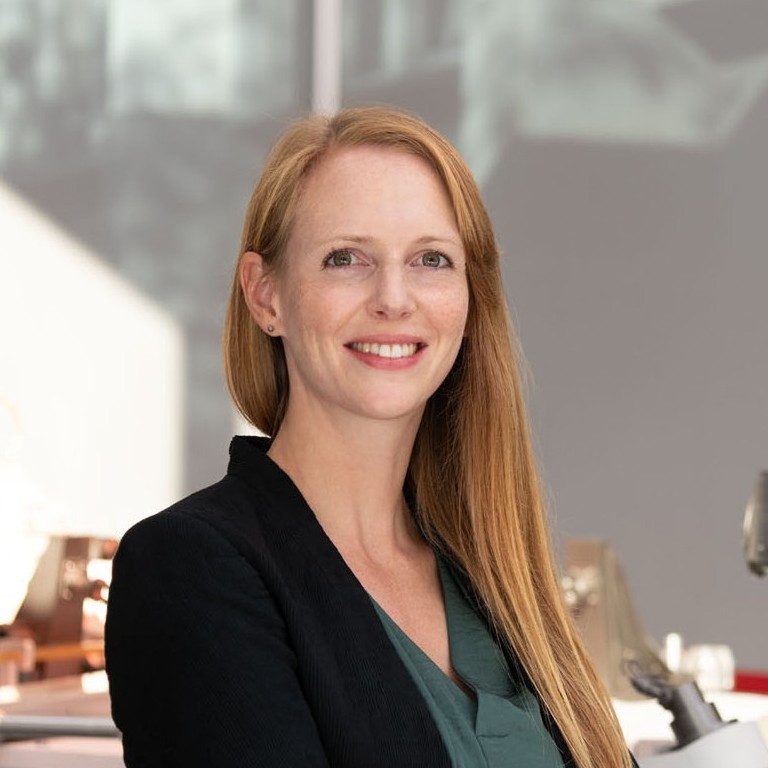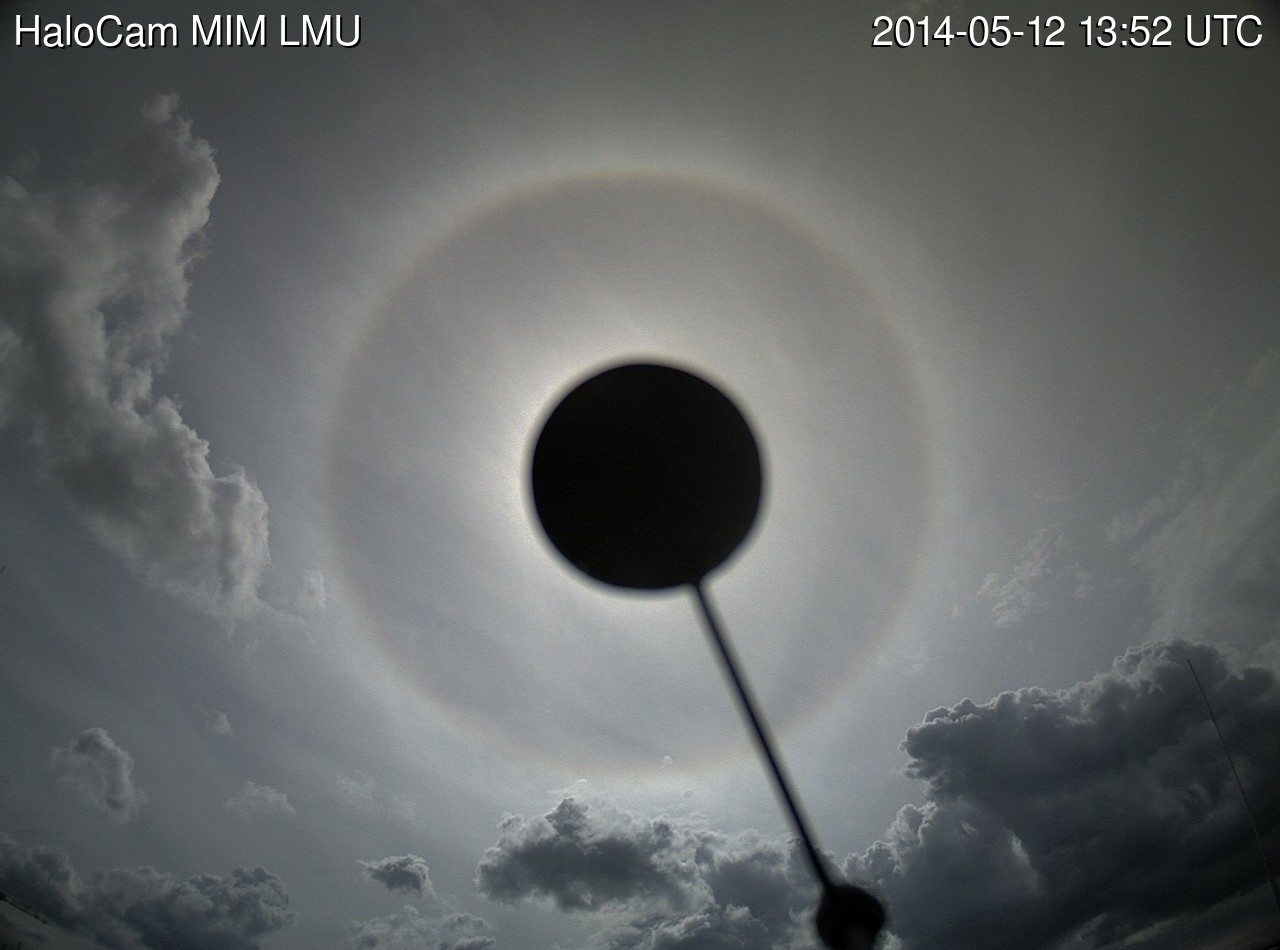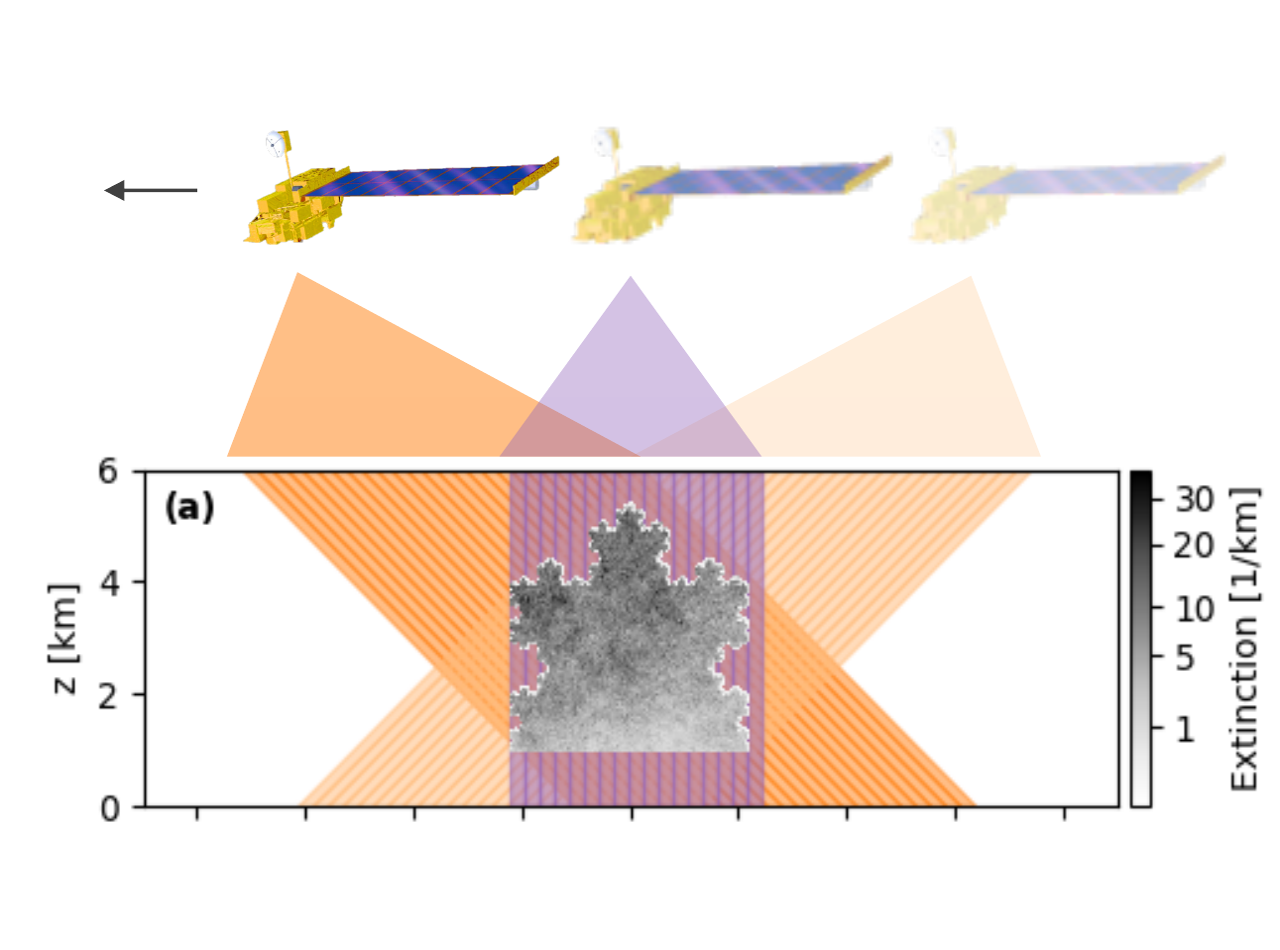
Linda Forster, Dr.rer.nat.
Postdoctoral Research Fellow in Atmospheric Physics
Ludwig-Maximilians-Universität Munich, currently at Caltech/NASA JPL.
Ludwig-Maximilians-Universität Munich, currently at Caltech/NASA JPL.
My main research focus is 3D radiative transfer modeling and developing retrieval methods for remote sensing of clouds. I have a strong interest in instrument development, computer vision, and machine learning.


